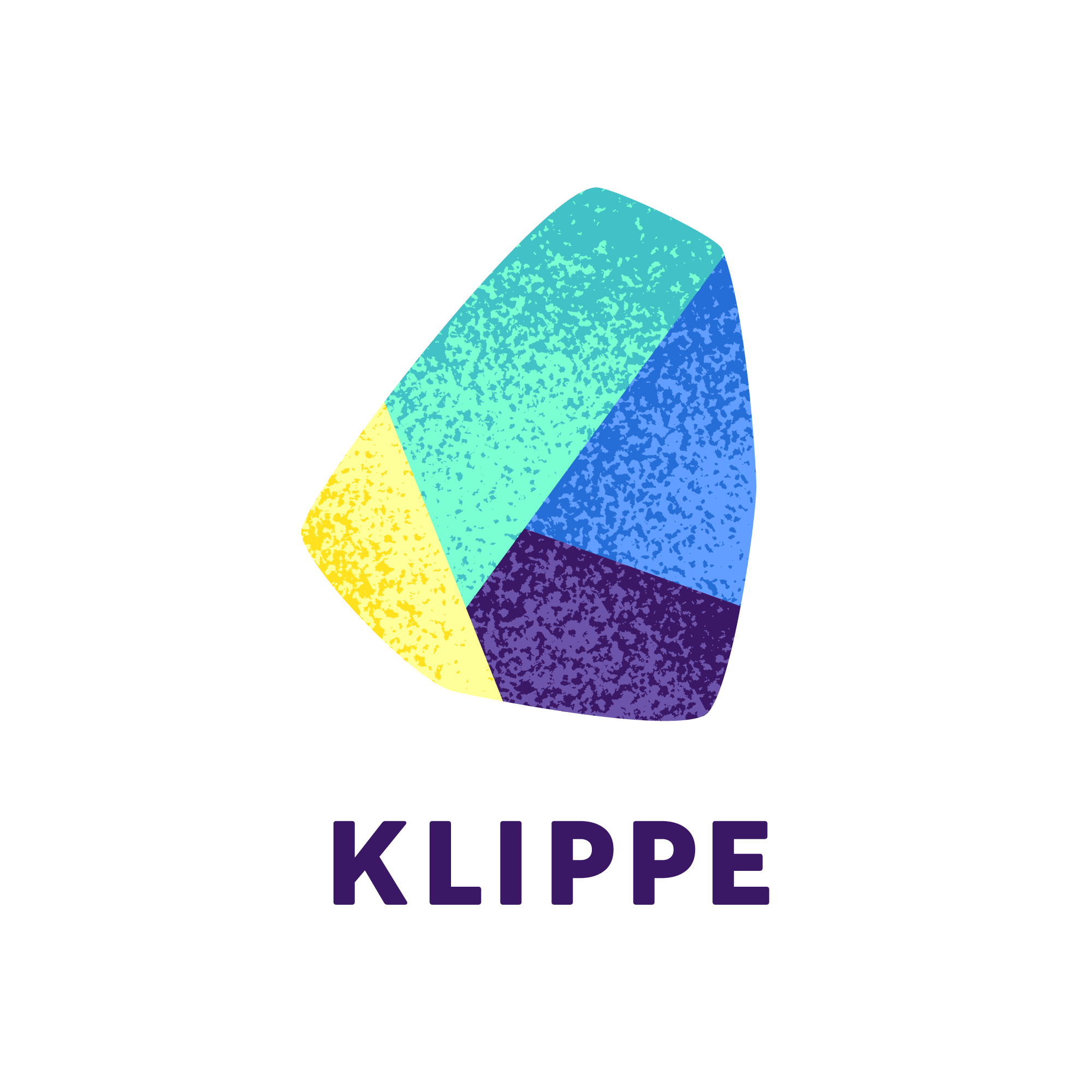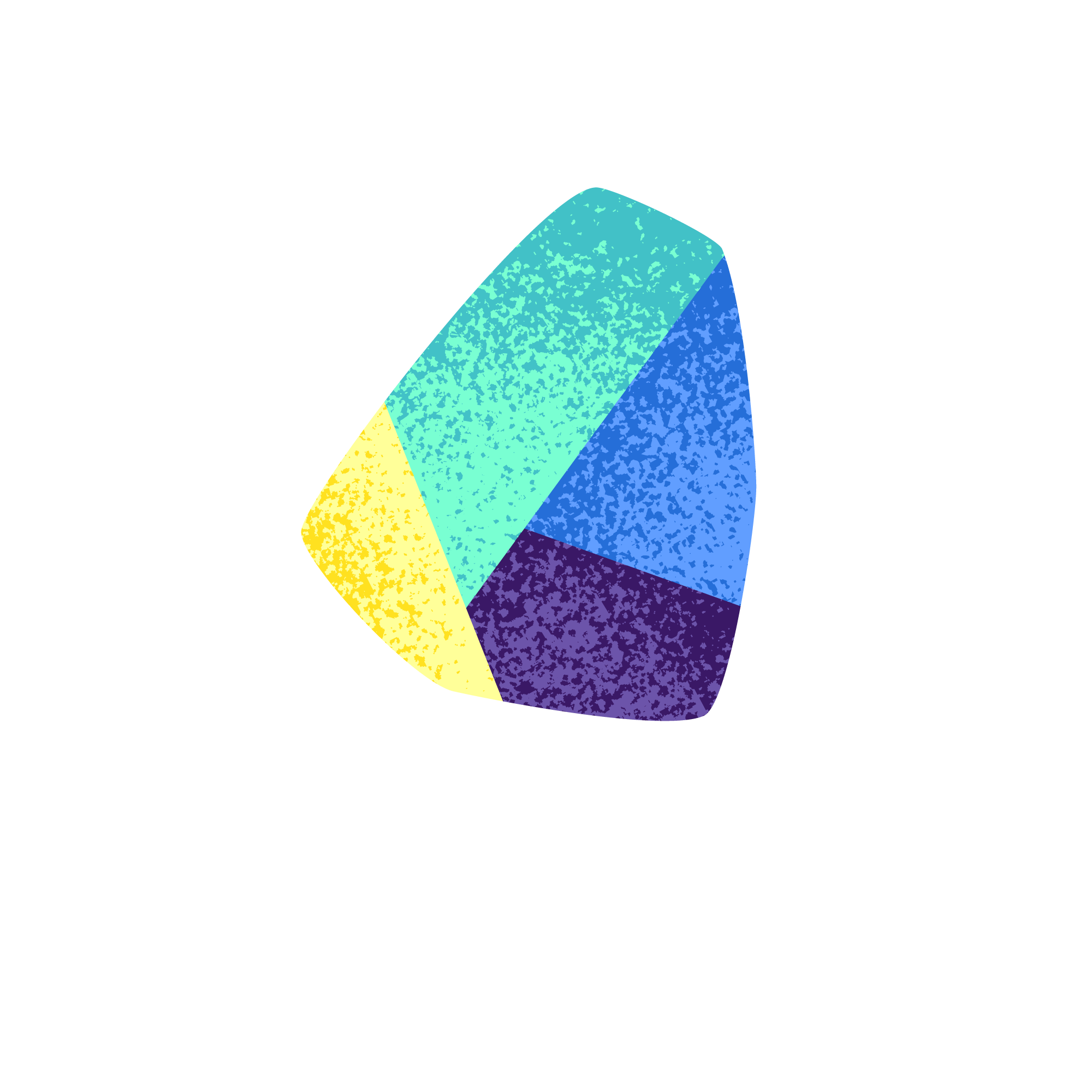Using an e‑learning system stands out as the most effective way for organizational learning, streamlining processes for both staff and learners. However, selecting a learning management system can be daunting, particularly for first-timers. With countless options available, how do you narrow down your search? Is it wise to opt for the most visible or popular software?
Fear not! In this Journal entry, we’ll guide you through the crucial factors to ponder when selecting a platform. In another, we delve into a comparison of various pricing models for e‑learning systems.
Why Use an E‑learning System?
e‑learning systems help the management of learning throughout an organization’s lifecycle. While ad hoc solutions like training videos on video-sharing platforms, PDF tutorials, and webinars have their place, they often fall short. Without the comprehensive tools provided by e‑learning systems, establishing a robust digital learning program becomes challenging and costly. But integrating these systems can significantly enhance the effectiveness of organizational learning.
With e‑learning systems, you can quickly create complete courses without a developer. All the important information is available in one place, so learners can easily find everything they need and learn on their own schedule, at their own pace. Plus, you can use each course as many times as you like and update it whenever you want.
Digital learning also helps to preserve the valuable internal knowledge of your organisation. When staff share their expertise through an e‑learning course, it stays with them long after they have left the organisation.

Video and Animation for Effective E-learning!
Ever notice how videos and animations can jazz up learning, making it more enjoyable, understandable, and diverse? Yet, not all visual content is created equal. Explore the art of crafting visuals for education, understanding how they serve various purposes and enhance learning experiences.
Read more!e‑learning Standards
When implementing an e‑learning system, it’s crucial to recognize the existence of various standards. These standards are essential for ensuring that the learning materials you create function seamlessly across a diverse array of e‑learning software platforms.

SCORM
Most content creation tools generate e‑learning content compliant with SCORM standards. SCORM, an acronym for Shareable Content Object Reference Model, has been in development since 1997. It establishes technical specifications for e‑learning content, facilitating easier storage and display within compatible systems.
The two most prevalent versions of SCORM are SCORM 1.2 and SCORM 2004. Before selecting an e‑learning system, ensure it supports at least one of these standards!
xAPI
Also referred to as Tin Can API or Experience API, xAPI emerged in 2013 as an alternative to SCORM. Although it hasn’t fully realized its goal to replace SCORM, xAPI distinguishes itself by capturing all forms of learning, including informal learning experiences. It allows access to diverse data sources both within and outside the e‑learning system, offering a comprehensive view of the learner’s journey.
cmi5
Introduced in June 2016, cmi5 represents the latest standard in e‑learning. While initially conceived as a replacement for SCORM, cmi5 now serves as a bridge between SCORM and xAPI. Its development is still ongoing, and is actively supported within the e‑learning community.
AICC
Established in 1988 with the aim of standardizing learning tools and reducing the cost of flight training. It represents the world’s first e‑learning specification standard, laying the foundation for subsequent advancements in the field. SCORM, in particular, drew significant inspiration from AICC principles and structures in its development.
Care to Know More?
Check out our other Journal entries if you’d like to know more about SCORM or the other, newly emerging e‑learning standards.
What to Look for When Selecting e‑learning Systems?
Take a moment to ponder your requirements and zero in on the features and functions critical to enhancing your organization’s learning journey!
Fundamental Features
Check out these key features when selecting an e‑learning system.
Cloud-based e‑learning systems offer remarkable flexibility since employees can access them from anywhere. However, they require an internet connection for access. Learn more about this in our Journal entry.
An e‑learning system won’t be very useful if it’s too complex for everyone to navigate without assistance. Seek out an e‑learning platform that’s user-friendly for both educators and learners alike!
Courses can sometimes become outdated or contain unclear statements and errors. It’s crucial to have a system in place where team members can provide feedback on course quality, highlight errors, or request additional assistance when needed.
Certain e‑learning systems enable you to create courses directly within the platform, while others may necessitate purchasing separate software for course editing.

Video and Animation for Effective E-learning!
Ever notice how videos and animations can jazz up learning, making it more enjoyable, understandable, and diverse? Yet, not all visual content is created equal. Explore the art of crafting visuals for education, understanding how they serve various purposes and enhance learning experiences.
Read more!Advanced System Features
Every e‑learning system provides a distinct array of advanced features. Let’s take a look at the most common features to keep an eye out for.
Analysing course data is essential for continuously refining your methods and enhancing the quality of the learning experience. By monitoring course completion rates, you ensure learners are maximizing available resources. Utilize data to make informed decisions about course selection and methods, replacing less effective ones. Having tools to present results with figures can also be crucial.
e‑learning systems are typically customizable to fit your organization’s unique characteristics, like its branding and terminology, or to meet the specific needs of your learners. Tailoring a training platform to each individual learner can greatly enhance their understanding of their crucial role within the organization.
More and more students are turning to their mobile devices to access digital courses. It’s not only easier and more convenient but also enables learning from virtually anywhere. To accommodate this trend, you need a responsive e‑learning system or a dedicated mobile application.
One effective method to encourage active learning is by infusing a sense of playfulness into the learning experience. Various e‑learning systems provide diverse approaches to gamification, including puzzles, learner competitions, simulations, point systems, or game levels.
Even with user-friendly systems, there might come a time when you need assistance. Keep in mind that the quality, language options, types of communication (like phone or live chat), and support provided by the software can vary.
Relying solely on fully digital learning processes doesn’t always guarantee optimal results. That’s why, in many instances, it’s beneficial to blend face-to-face and digital learning. Certain e‑learning systems provide tools for scheduling classroom sessions or webinars alongside digital learning options. Some even feature interactive tools designed to enhance in-person learning experiences.
It’s good to check which content formats are supported by the e‑learning system, including video, presentations, webinars, audio files, downloadable documents, and more. Some systems may even have the capability to incorporate virtual and augmented reality (VR/AR) content.
Numerous e‑learning systems offer integration capabilities with various tools and technologies. For instance, they can seamlessly connect with video or animation software. This integration often streamlines the process of adapting to ever-evolving learning requirements.
Certain systems feature mechanisms for team members to collaborate, share knowledge, and learn together. This fosters a sense of community and facilitates knowledge-sharing, ultimately enhancing the learning experience and fostering team cohesion.
The co-authoring feature enables multiple team members to collaborate, pooling their expertise to develop a more comprehensive course.
Some e‑learning systems already leverage AI to generate courses, deploy chatbots, and personalize course recommendations and learning paths. Additionally, AI can facilitate more in-depth analysis of learning data.
Need Help?
If you’re pondering the implementation of an e‑learning system but uncertain about the ideal features or software for your needs, reach out to us! We’re here to assist you in selecting the best solution tailored to your requirements. Don’t hesitate, even if resources are limited, as expert assistance can lead to significant savings in both time and costs!
We offer specialized training courses designed to familiarize you with the software, making your decision-making process a breeze.
If you found this information helpful, stay updated with our monthly articles by following us on Facebook.
Details below will help you contact us via form, phone or e-mail. ⬇️
Who Are We?
We are digital education experts and software developers, following trends and offering innovative solutions in our learning materials and systems. We have been providing digital training, creating complex e-learning materials and implementing systems for 14+ years.
Klippe Learning’s team will create the digital teaching and learning solution you’ve been dreaming of – or we’ll dream it for you if you don’t know exactly what you need. Custom content, creative and motivating methods, a platform tailored to you.
How Can You Reach Us?
To find out more about our bespoke learning materials, e-learning systems, training courses or to request a quote, please contact us:
 contact us via the form on the right!
contact us via the form on the right!
 or call us:
or call us:
 or send an email:
or send an email:




